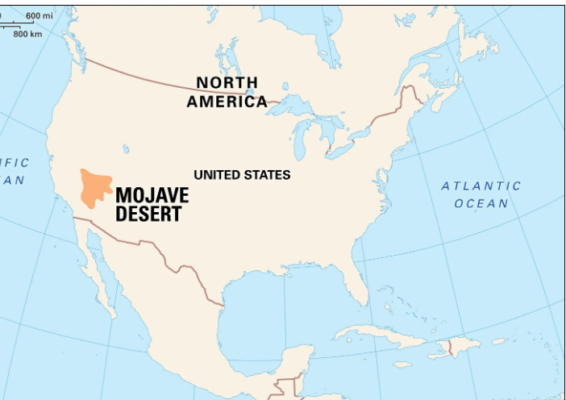From Desert Oasis to Global Entertainment Capital, the Evolution of Las Vegas and the Iconic Las Vegas Strip
Nestled within the arid expanse of the Mojave Desert lies a city unlike any other: Las Vegas. Its origins trace back to 1829 when Spanish merchant Antonio Armijo’s expedition stumbled upon an oasis known as “The Meadows,” later christened Las Vegas. What began as a modest stopover for wagon trains and railroad travelers burgeoned into a bustling metropolis synonymous with glamour, excess, and unabashed indulgence.
The early 20th century witnessed Las Vegas emerge as a hub for travelers traversing the newly minted railroad connecting Los Angeles and Salt Lake City. In 1911, the city was officially incorporated into the United States, laying the foundation for its storied future. Despite an initial ban on gambling, clandestine casinos soon thrived, foreshadowing Las Vegas’ transformation into the gambling capital of the world.
The pivotal moment arrived in 1931 when Nevada legalized gambling, setting the stage for the city’s meteoric rise. Against the backdrop of the Great Depression, the construction of the Hoover Dam injected vitality into the region, attracting droves of workers and entrepreneurs. These pioneers, fueled by ambition and a thirst for fortune, laid the groundwork for what would become the iconic Las Vegas Strip.

The allure of quick riches drew a motley crew of prospectors, entrepreneurs, and opportunists to Las Vegas, including infamous figures like Guy McAfee and Bugsy Siegel. McAfee’s vision for the Strip, inspired by the Sunset Strip in Los Angeles, laid the groundwork for its evolution into a playground of opulence and extravagance. Siegel’s audacious venture, the Flamingo resort, epitomized the fusion of luxury and gambling, setting a precedent for the grandiose casinos that followed.
The post-war era ushered in a golden age of entertainment, with luminaries like Liberace, Frank Sinatra, and the Rat Pack gracing the stages of Las Vegas’ legendary venues. The city’s reputation as the entertainment capital of the world solidified, attracting visitors from far and wide in search of spectacle and spectacle.
The 1990s heralded a new era of grandiosity as developers embarked on ambitious projects to redefine the Strip’s skyline. The Luxor Hotel and Casino’s imposing pyramid marked the beginning of a decade characterized by larger-than-life attractions, from replicas of the Eiffel Tower to Venetian canals. The advent of cutting-edge technology, exemplified by the Sphere, further elevated Las Vegas’ status as a global destination for entertainment and innovation.
Yet, beyond its glittering façade, Las Vegas is a city of risk-takers and thrill-seekers. Evel Knievel’s ill-fated attempt to jump the fountains of Caesars Palace in 1967 epitomized the city’s penchant for daring feats. From legendary boxing matches to the inaugural Las Vegas Grand Prix, the Strip has been a playground for adrenaline junkies and sports enthusiasts alike.
As Las Vegas continues to evolve, its essence remains rooted in the spirit of audacity and ambition. From its humble beginnings as a desert outpost to its current status as a beacon of excess and extravagance, the city’s journey is a testament to the enduring allure of the American Dream.
Read More News:
- A Trio of Health Challenges: New York Braces for Tri-Demic in 2024
- Anticipating the Impending Winter Storm: Potential Flood Threats and High Winds in New York City and the Tri-State Area
In the heart of the Mojave Desert, amid the shimmering lights of the Las Vegas Strip, lies a testament to human ingenuity and resilience. Las Vegas, with its tumultuous history and boundless ambition, stands as a testament to the indomitable spirit of those who dare to dream and defy the odds.
